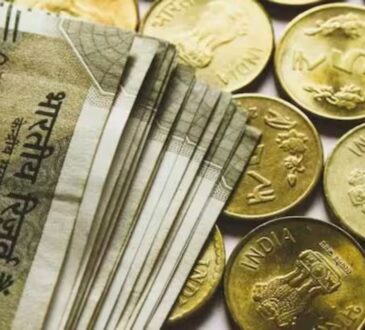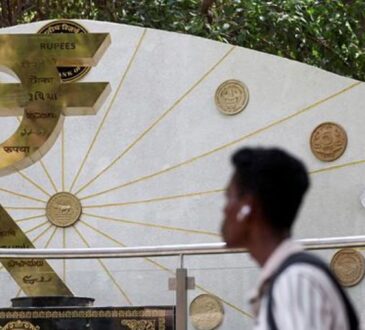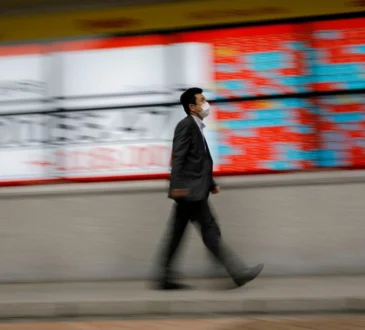In fact, UPI is not the only form of digital payment. There are other ways as well. As the RBI annual report points out: “During 2024-25, total digital payments recorded growth of 34.8 per cent and 17.9 per cent in volume and value terms, respectively.”
5) Now, more digital payments happening should automatically imply people using lesser cash as a result and hence, lead to lesser cash in the system. There is no denying that that has happened, but only to some extent.
As mentioned earlier, the value of UPI transactions in 2019-20 stood at Rs 21.3 lakh crore. In 2024-25, it was 12 times that at Rs 260.6 lakh crore. In comparison the cash in the system has fallen from 12.1 percent of the GDP to 11.2 percent.
So, what explains this? One explanation for this lies in the fact that a bulk of digital payments are basically of small value. As National Payments Corporation of India had pointed out to member banks in March 2022: “Various studies on payment systems have observed that about 75 percent of the total volume of retail transactions (including cash) in India are below Rs 100 transaction value. Further, 50 percent of the total UPI transactions are having a transaction value of up to Rs 200.”
With inflation these values of digital payments might have gone up a little, but many medium to large transactions are still happening in cash.
Cash still rules in many corners of the economy. Plenty of doctors prefer it. So do small hospitals and mom-and-pop stores — especially when the bill isn’t pocket change. That cash often flows up the chain to distributors and wholesalers. The same is true about many lawyers and chartered accountants.
Real estate remains a major cash magnet, particularly when market prices outpace official circle rates. And let’s not kid ourselves – a chunk of that cash finds its way to builders, and from there into the hands of politicians, bankrolling their election campaigns.
But there’s more to this. Cash is the lifeblood of a vast underground economy – from tuition classes and private tutors to wedding planners, home renovation crews, interior decorators, and building contractors. Need your kitchen redone or your child married? Don’t be surprised if you are asked for cash – tucked inside envelopes, not logged in apps.
Entire ecosystems run on cash to dodge taxes, skip paperwork, or simply because that’s how it’s always been done. It’s not just evasion – it’s an operating model. Indeed, cash isn’t a fallback; it’s the default. Which means many dodge paying income tax on money they should be declaring to the tax authorities.
6) The fact that many Indians – especially the richer ones – don’t pay their fair share of income tax, is reflected in income tax data as well. Take a look at the following chart, which plots the number of individuals earning an income of greater than Rs 1 crore and filing income tax returns.




